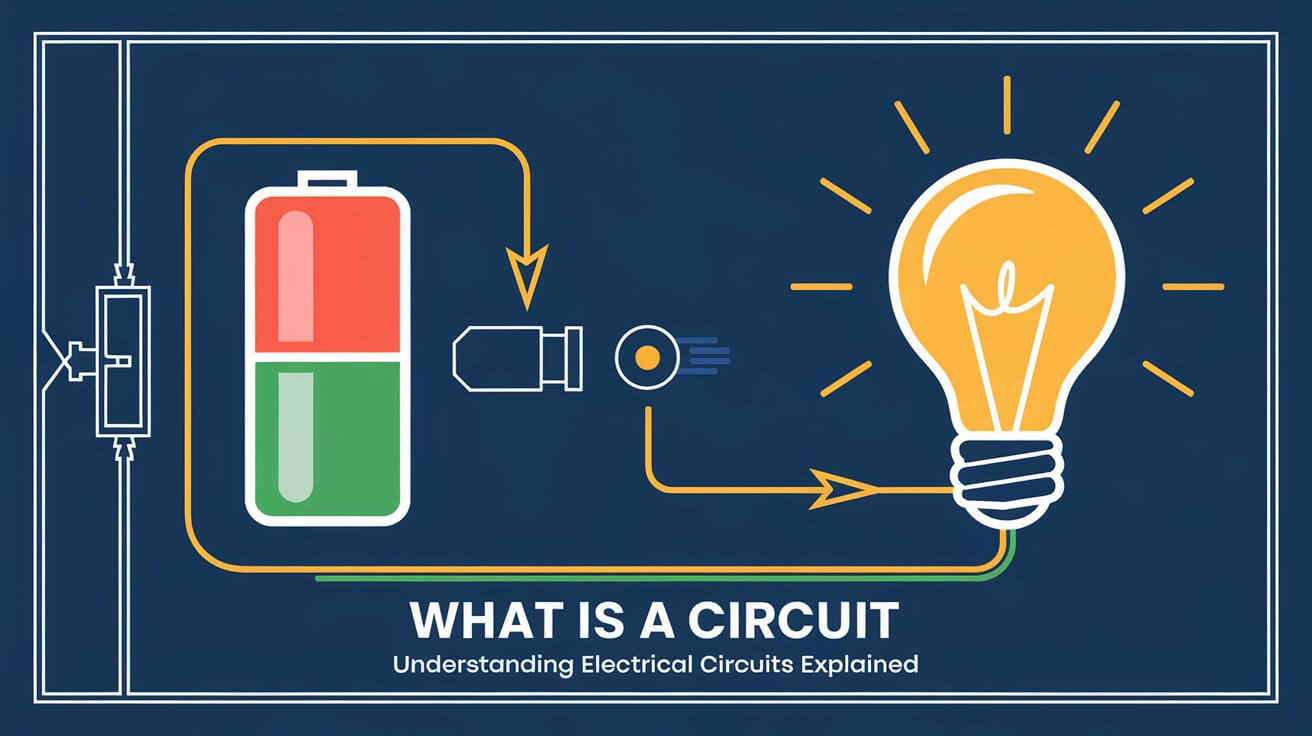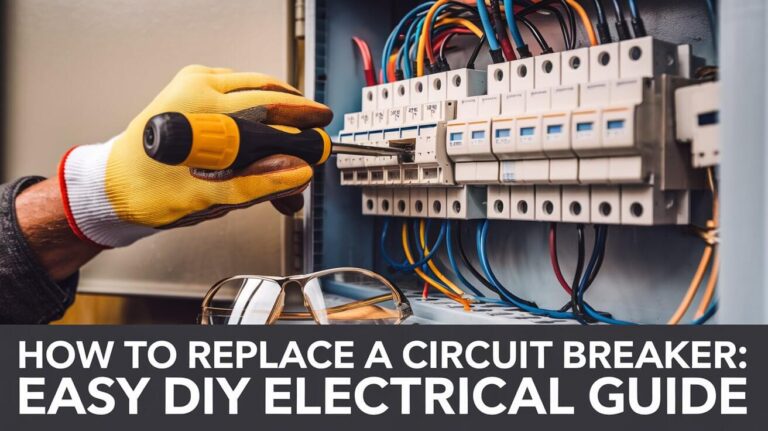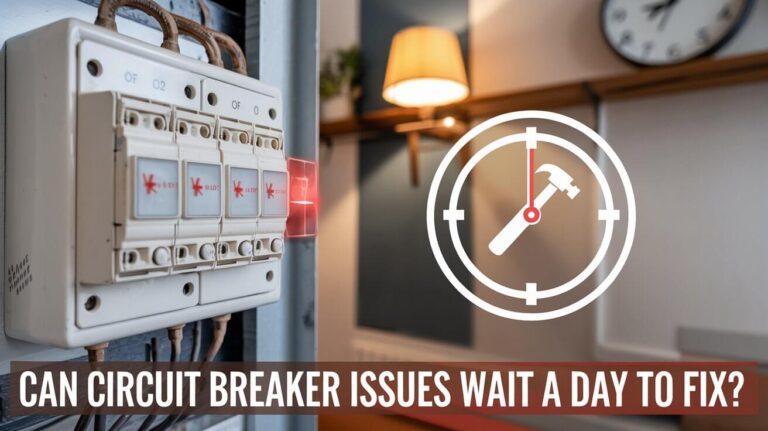What is a Circuit? Understanding Electrical Circuits Explained

A circuit is a closed path that allows electric current to flow from a power source, through components, and back to the source. Without a complete loop, electricity cannot travel, and the circuit is said to be “broken.” Electrical circuits are the foundation of modern technology, powering everything from small household devices to large industrial machines. In this article, we’ll dive deep into what a circuit is, its components, types, and applications.
Basic Concepts of an Electrical Circuit
What Defines an Electrical Circuit?
An electrical circuit is a loop that consists of various electrical components. These components are connected in such a way that they provide a path for electric current to flow. A complete, unbroken loop is required for the current to move; otherwise, the circuit becomes open, and the flow of electricity stops.
The flow of electricity occurs when electrical charge carriers, typically electrons, move through the circuit. The amount of electric charge that flows through the circuit is called current, measured in amperes. This movement is facilitated by conductive materials like copper wires, which allow the free movement of electrons.
Essential Components of a Circuit
Every electrical circuit comprises four fundamental components:
- Power Source: This could be a battery, generator, or any source of electrical energy. The power source supplies the necessary energy to keep the charge carriers moving through the circuit.
- Conductive Path: Typically made of conductive materials like copper, this is the medium through which electric current flows. Wires are the most common conductive paths in circuits.
- Load: The load is the component that consumes electrical energy to perform work, like a light bulb, motor, or resistor.
- Control Element: Switches, relays, and fuses control the flow of current in the circuit, allowing users to turn it on or off as needed.
These components work together to create a system that can power devices, transmit signals, or perform various other functions.
How Does a Circuit Work?
Flow of Electrical Current
In any electrical circuit, current refers to the flow of electrons through a conductive path. This flow is driven by a difference in electric potential (voltage) provided by the power source. The electrons move from areas of high voltage to areas of lower voltage, similar to how water flows downhill due to gravity.
The key to maintaining this flow is the presence of a complete, unbroken loop. If the circuit is interrupted or broken, the flow of current stops. The speed and amount of current flowing through the circuit depend on the resistance it encounters and the voltage applied.
AC vs. DC Circuits
There are two primary types of electric current:
- Direct Current (DC): In a DC circuit, the current flows in one direction, from the positive to the negative terminal. Batteries are a common example of a DC power source. This type of circuit is often used in low-voltage applications like portable devices.
- Alternating Current (AC): In an AC circuit, the current periodically reverses direction. AC is commonly used in homes and industries because it’s easier to transmit over long distances and can be easily converted to different voltages using transformers.
Types of Circuits
Series Circuits
In a series circuit, all components are connected end-to-end, forming a single path for current to travel. The current is the same throughout the circuit, but the voltage is divided among the components. One drawback of series circuits is that if one component fails or is removed, the entire circuit is broken, and current stops flowing.
For example, in a string of holiday lights wired in series, if one bulb burns out, the entire string goes dark.
Parallel Circuits
A parallel circuit is designed so that components are connected across common points, providing multiple paths for the current to flow. Unlike in series circuits, the voltage across each branch is the same, but the current is divided among the branches. If one branch of a parallel circuit fails, the other branches continue to operate.
Parallel circuits are commonly found in household wiring systems, where each electrical outlet or light operates independently of the others.
Combination Circuits
Combination circuits include elements of both series and parallel configurations. These circuits are more complex but are often used in practical applications where different parts of the system need to be controlled separately. For example, many electronic devices use combination circuits to manage various components within the system efficiently.
Components of a Circuit
Resistors and Their Role in a Circuit
Resistors are passive electrical components that resist the flow of current. They are used to control the amount of current flowing through a circuit and protect sensitive components from receiving too much current. Resistors are measured in ohms (Ω), and their resistance value can vary based on the material used and the design of the resistor.
Capacitors and Inductors
Capacitors store electrical energy temporarily in an electric field. They are used in circuits to smooth out fluctuations in voltage, provide power during short interruptions, or filter signals. Capacitors are measured in farads (F), and they play a critical role in AC circuits, especially in power supply systems.
Inductors, on the other hand, store energy in a magnetic field when current flows through them. They are used to control the rate of change of current in circuits and are common in devices that operate on AC power.
Laws Governing Circuits
Ohm’s Law
One of the most fundamental principles in circuit theory is Ohm’s Law, which defines the relationship between voltage (V), current (I), and resistance (R). It is expressed by the equation:
V=I×RV = I \times RV=I×R
This formula shows that the voltage in a circuit is equal to the current multiplied by the resistance. Ohm’s Law is crucial for calculating how much current will flow through a circuit based on the applied voltage and the circuit’s resistance.
Kirchhoff’s Laws
Kirchhoff’s Current Law (KCL) states that the total current entering a junction in a circuit is equal to the total current leaving the junction. This is based on the principle of conservation of charge, which dictates that current is neither created nor destroyed in an electrical circuit.
Kirchhoff’s Voltage Law (KVL) states that the total voltage around any closed loop in a circuit is equal to the sum of the individual voltage drops across each component within that loop. This law ensures that energy is conserved as electric charges move through a circuit.
Circuit Protection Devices
Fuses and Circuit Breakers
Fuses are simple devices that protect circuits from overcurrent. When the current exceeds a certain threshold, the fuse’s internal element melts, breaking the circuit and stopping the flow of current. Fuses must be replaced after they blow.
Circuit breakers, on the other hand, are reusable protective devices. They automatically disconnect the circuit when an overcurrent is detected, and they can be reset once the issue is resolved.
Surge Protectors
Surge protectors shield electrical devices from voltage spikes, which can occur due to lightning strikes, power outages, or malfunctions in the power grid. They work by diverting excess voltage away from the protected devices and into the ground.
Common Problems in Circuits
Short Circuits and Open Circuits
A short circuit occurs when the current bypasses part of the circuit due to a fault, such as exposed wires or damaged insulation. This causes an excessive flow of current, which can overheat the wires and cause fires.
An open circuit, on the other hand, occurs when there’s a break in the loop, such as a disconnected wire, preventing current from flowing at all.
Troubleshooting Common Circuit Issues
Troubleshooting a faulty circuit involves checking for loose connections, broken components, and faulty wiring. Using tools like multimeters can help in identifying whether the problem lies with the power source, load, or conductive path.
Importance of Circuits in Everyday Life
Applications in Household Appliances
Circuits are present in nearly every household appliance, from refrigerators to televisions. These circuits control everything from the appliance’s power functions to its internal components, ensuring that everything operates efficiently.
Role of Circuits in Communication and Computing
Circuits play a vital role in modern communication devices like smartphones, radios, and televisions. They enable data to be transmitted over long distances and processed at incredible speeds in computers and other digital devices.
Future Trends in Circuit Design
Miniaturization of Circuits
With advances in nanotechnology, circuits are becoming smaller and more efficient. This trend toward miniaturization allows for more compact electronic devices, such as smartphones, wearables, and medical implants.
Smart Circuits and IoT Integration
As more devices become interconnected through the Internet of Things (IoT), circuits are evolving to handle more complex tasks. These smart circuits can self-regulate, repair minor faults, and communicate with other devices in a network.
Conclusion
Circuits are essential to the functioning of nearly all modern devices, from the simplest flashlight to the most complex supercomputer. By understanding the components, types, and functions of circuits, we gain insight into the inner workings of the technology that powers our daily lives. Whether it’s AC or DC, series or parallel, the study of circuits remains a fundamental aspect of electrical engineering and technology.




